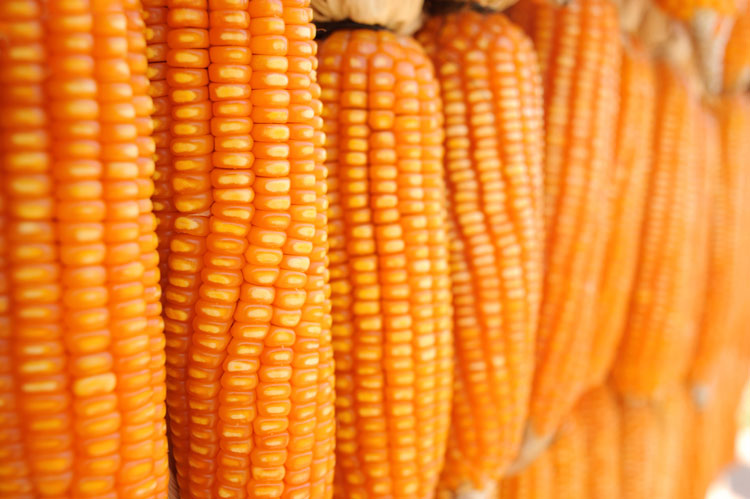
It takes approximately 1,400 pounds of corn to finish out a steer. Would we be better off feeding that corn to humans instead?
Associate Professor Tyron Wickersham and colleagues at Texas A&M University have done work to answer that very question. He shared this information during a media event coordinated by the National Cattlemen’s Beef Association.
He explained that there is a subset of people who favor the adoption of a plant-based diet, believing it is a better option for optimizing the food supply and human health, protecting the environment, and maintaining social justice. Yet, humans in general prefer and demand livestock protein sources when they have the money to buy them.
In the analogy Wickersham shared, he compared the protein value for 1,400 pounds of corn when fed to a steer versus the same amount of corn fed to a 3-year-old child who has a very high amino acid requirement.
He looked at three numbers in particular when doing his research:
1. Human-edible protein — This is the amount of protein in a feedstuff that can be consumed and utilized by people.
2. Protein quality ratio — This ratio provides a means of evaluating how the animal production system modified the protein quality.
3. Net protein contribution — The value captures the benefit or harm of a livestock feeding system to the supply of human-edible protein.
It would take a lot of corn
So, how many 3-year-olds could reach their protein requirements, or more specifically their amino acid requirements, with 1,400 pounds of corn?
Wickersham said that amount of corn would meet the annual protein requirement for half a child. He was quick to point out that half a child is still valuable; however, he also explained that to consume 1,400 pounds of corn in one year, a child would have to eat nearly 4 pounds of corn per day, which is a lot.
“In general, humans are not deficient in calories. They tend to be more deficient in nutrients,” Wickersham noted. That child would likely become obese before reaching the protein requirement if he or she ate that much corn.
On the other hand, if we feed the corn to a steer and it converts those nutrients into beef, that amount of beef would meet the annual amino acid requirements of two children. By moving that corn through cattle, we are able to quadruple the amount of human-edible protein, and it’s in a format that is more nutrient efficient (less calories) and more desired by most people.
Wickersham noted that a challenge the beef industry faces is that there are a lot of people against it. “There are a large group of our peers that disagree with what the beef industry is trying to do,” he said.
He said the reality, though, is that beef producers do good things — really good things — by bringing a high-quality protein to consumers by using feed sources that humans cannot or don’t want to eat.
“Beef has a good story, but someone has to tell it,” he said. Calculations like this can hopefully help show people the benefits of livestock production.








